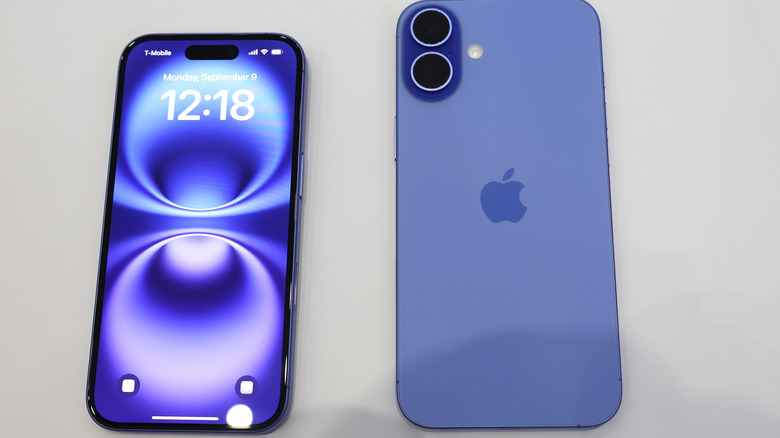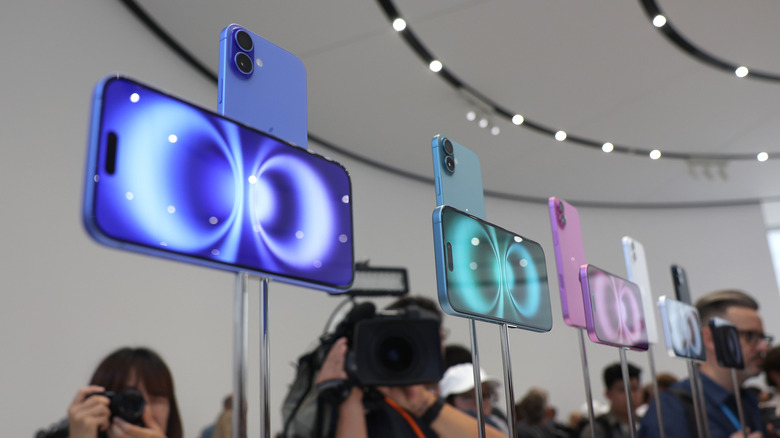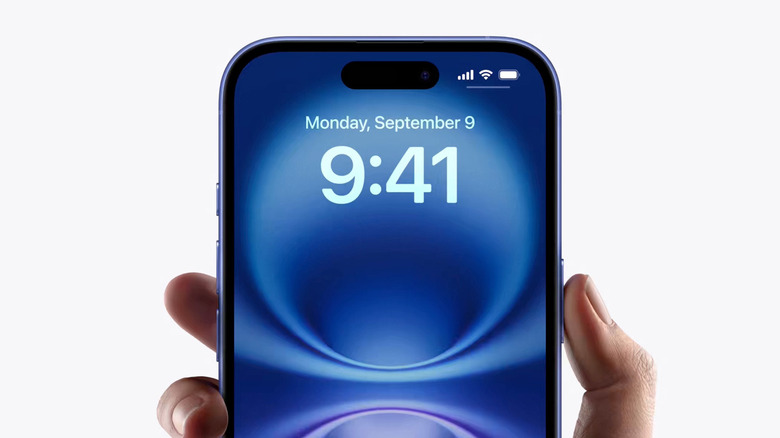Does The iPhone 16 Have A 120Hz Refresh Rate Display?
Unless you've been living under a rock, then you're already aware that Apple has finally revealed the iPhone 16, one of this year's most anticipated handsets. As expected, the iPhone 16 is packed with impressive upgrades over its predecessor. There's the faster and more advanced A18 chip that drives this new phone to run at faster speeds than the iPhone 15. You also have Apple Intelligence delivering a host of convenient features like a better Siri, image and emoji creation, and Writing Tools. Additionally, the iPhone 16 is fitted with a handy-dandy Camera Control button that makes mobile photography even easier and more accessible.
However, while these fancy specs and functionalities are indeed pretty promising, one of the enhancements Apple fans have been wanting to see in the new device is a 120Hz refresh rate display, or what Apple calls its ProMotion display technology. This tech essentially enables your phone to refresh its screen 120 times a second. When your display gets updated at such speeds, you'll see a significant difference in how smooth and fast you can open apps and navigate your phone in general. The ProMotion display also adjusts itself to make any moving content look even better. When Apple launched this display tech with the iPhone 13 Pro models in 2021, it was made exclusive to the Pro and Pro Max. But now, three years later, has Apple changed its stance and finally added a ProMotion display to the base models?
What iPhone models have the 120Hz refresh rate display?
Unfortunately, much to the dismay of Apple fans, the iPhone 16 (and 16 Plus) doesn't come with a 120Hz refresh rate display. Apple has kept the status quo since they introduced the ProMotion display technology, sticking to their guns about making ProMotion distinct to the iPhone Pro lineup. That said, the only iPhone models currently equipped with the 120Hz ProMotion display technology are the iPhone 13 Pro and Pro Max, iPhone 14 Pro and Pro Max, iPhone 15 Pro and Pro Max, and iPhone 16 Pro and Pro Max. Meanwhile, the non-Pro versions still come with the standard 60Hz refresh rate.
In comparison, Apple's closest competitors — Google with its Pixel series and Samsung with its Galaxy S series — have both rolled out their 2024 phones with displays capable of up to 120Hz refresh rates. Google has outfitted its entire Pixel 9 lineup, from the base phone Pixel 9 all the way up to the more premium Pixel 9 Pro Fold, with 120Hz variable refresh rate displays. The Samsung Galaxy S24 series goes the same route, with all three models (S24, S24+ and S24 Ultra) featuring 120Hz refresh rates. This isn't the first time both tech giants did so, though – Google and Samsung have actually been putting 120Hz displays in their flagship phones for at least three years now.
Do you need a 120Hz refresh rate for your iPhone?
Since the iPhone 16 and 16 Plus don't feature a 120Hz refresh rate, the question now is, would you be willing to shell out at least $200 USD more to have a better display? The answer very much depends on what you do with your phone.
If you've been using mobile devices with 60Hz displays and are already happy with the user experience they provide, then you likely won't need to upgrade to a 120Hz. That is, unless you want the other premium iPhone 16 Pro and Pro Max features lacking in the base model. If, however, your current daily driver is a 120Hz phone, downgrading to a 60Hz one can impact your user experience. Some users mention how there's a huge gap in the responsiveness of a 60Hz and 120Hz screen. If you're one of those people who are sensitive to changes in motion, then switching to a phone with a lower refresh rate can make your screen look laggy and less enjoyable to use. A 120Hz refresh rate display is also a nice-to-have for gamers, as it ensures the graphics are as fluid and sharp as possible. Other users who would benefit from a 120Hz iPhone include multitaskers and power users who spend most of their time switching between two or more apps, quickly scrolling through long lines of text, and swiping through pages and pages of content. A 120Hz refresh rate makes the UI more reactive, improving your experience with these mundane activities.


